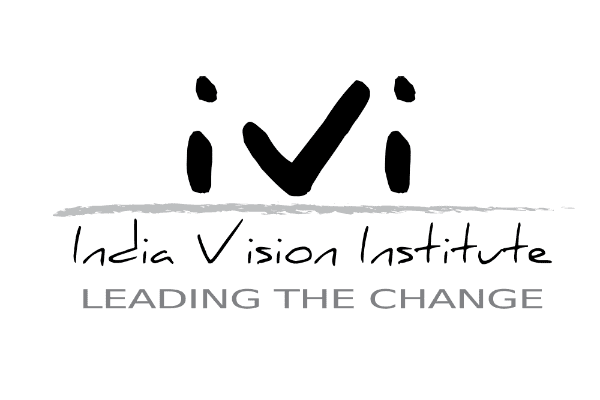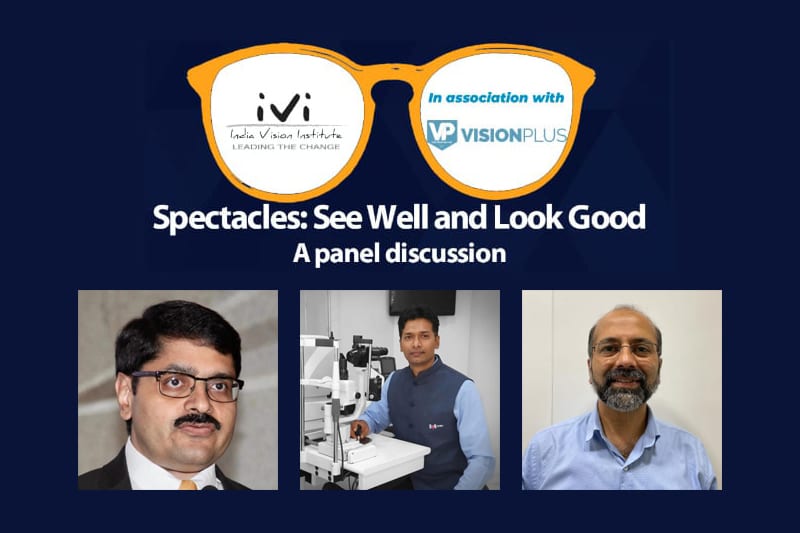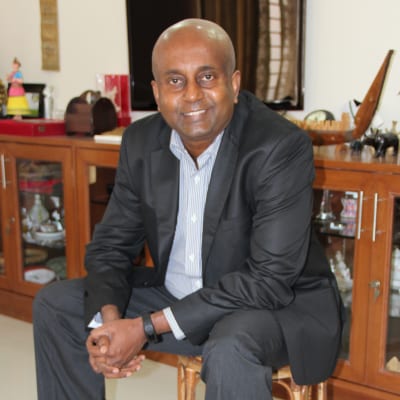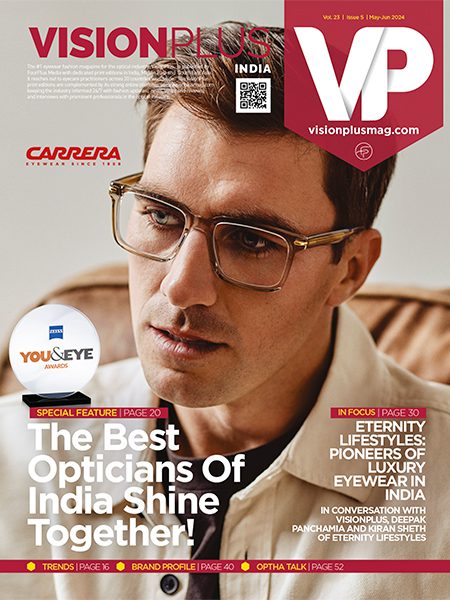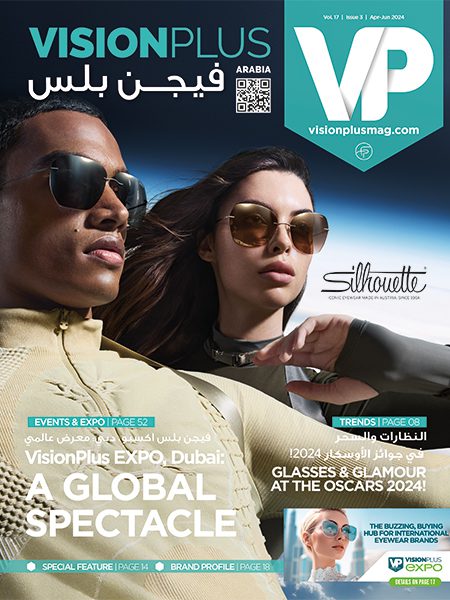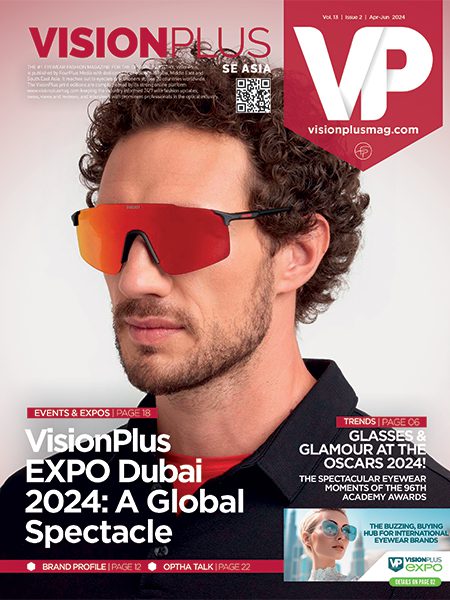Spectacles : See Well and Look Good
Selecting a pair of spectacles is a lot more than just picking a frame you fancy. The right spectacles will make your face look good and, at the same time, not compromise on what your eyes need. Optometrists and opticians play a big role in helping customers identify the right frame for their face type while giving eye care considerations such as lens processing, lens thickness, and peripheral vision due priority.
Panelists at the India Vision Institute (IVI)-VisionPlus Magazine hosted ‘Spectacles: See Well and Look Good’ panel discussion on December 21, shared their knowledge and experience in an informative discussion that straddled multiple issues related to spectacles, frames, lenses and eyewear fashion and trends. Moderated by IVI’s CEO, Vinod Daniel, the panel at the discussion comprised Yeshwant Saoji, Consultant Optometrist, Saoji Vision Care, Kunal Shah, CEO, Eyesavers, and Ajay Shinde, CEO and Optometrist, Shinde Eye Care Centre.
Even though the brand value and on-the-shelf aesthetic appeal are important elements informing the choices of many buyers, the ideal pair of spectacles will have a lot more going for it. “You may think that your favourite celebrity looks amazing in a particular pair of spectacles, but those glasses need not be ideal for you,” said Kunal Shah. Factors such as the shape and contour of your face, its size, width, and tone are all significant when picking a frame. Generally, a spectacle frame should be of a shape opposite to the shape of your face. Frames that are proportional to the size of your face will both look good and be comfortable to wear. Temples – the long arms on the sides of the frame that extend from the hinge and over the ears to keep the glasses on your face can be useful yardsticks for you to assess whether or not the frame is proportional to the size of your face. The temples of a pair of spectacles should run parallel to your face and if they bend either outward or inward, it would mean the frame is either too small or too big for your face. “Frames that do not hinder peripheral vision will be my first choice,” said Yeshwant Saoji, stressing the need to prioritise good vision over what is considered fashionable or trendy.
Vinod Daniel noted that much of the designing work for eyewear is done with Western customers in mind. He asked the panelists if the eyewear available in India is designed for Indian face types, which are different from European ones. Ajay Shinde observed that frames designed for European face types do not often suit Indian faces, but pointed out that it is possible to prevent mismatches by analysing face types. This can be done using a variety of methods, including drawing vertical lines, on a photograph of a person’s face, dividing it into five sections in order to identify unequal parts and thereby help determine the shape. “It would be handy for optometrists or opticians on the sales counter to be provided with a chart that highlights the frame styles best suited for different face shapes,” Mr Shinde suggested, arguing that it would help beginners in the profession to assist customers.
Customer choices are often driven by the prevalent trends and fashion. Mr Daniel highlighted that what is fashionable or trendy is a constantly evolving phenomenon, and drew attention to the changes in fashion that have happened over the last decade, particularly in light of the COVID-19 pandemic. “In the last ten years, people have started loving their glasses,” according to Mr Shah, referring to a discernible trend of increasing social acceptance for spectacles. “One of the changes we have seen in the last decade is that people are not hesitant to wear glasses. Spectacles are no longer a taboo. In the past, those who opted for glasses preferred very thin or rimless frames. These days, customers do not mind going for more pronounced frames that can make a fashion statement,” noted Mr Saoji. The COVID-19 pandemic has also shaped the demand for spectacles, with many recognising the importance of having a backup pair of spectacles as they sit in front of electronic screens and work from home.
Plastic lenses have now become the preferred eyewear solution for many. Advances in technology have made plastic lenses very durable and easily maintainable. Cleaning these lenses, however, has been a subject that has caused some confusion. Mr Daniel alluded to this when he requested the panelists to shed light on the right way to clean and maintain plastic lenses. The participants were of the view that the best way to clean plastic lenses is to use cleaning spray and then wipe with soft cloth. Alternatively, washing with water and using a soft piece of cloth will suffice. Putting your glasses in the case when you aren’t wearing them will also help reduce wear and tear.
The future prospects of the eyewear industry in India are bright. The demand for spectacles is expected to rise and customers are shedding a traditionally-held reticence towards glasses. More favourably disposed towards experimentation than in the past, consumers are also diversifying and, as a result, the market for prescription sunglasses is growing. Despite the spurt in demand, prescription sunglasses usage is still in its infancy in India. Many view sunglasses as eyewear designed solely for style and fashion, rather than a necessity. This is a misperception because prescription sunglasses can give you a high level of comfort while driving or during outdoor activities, while protecting your eyes at the same time.

